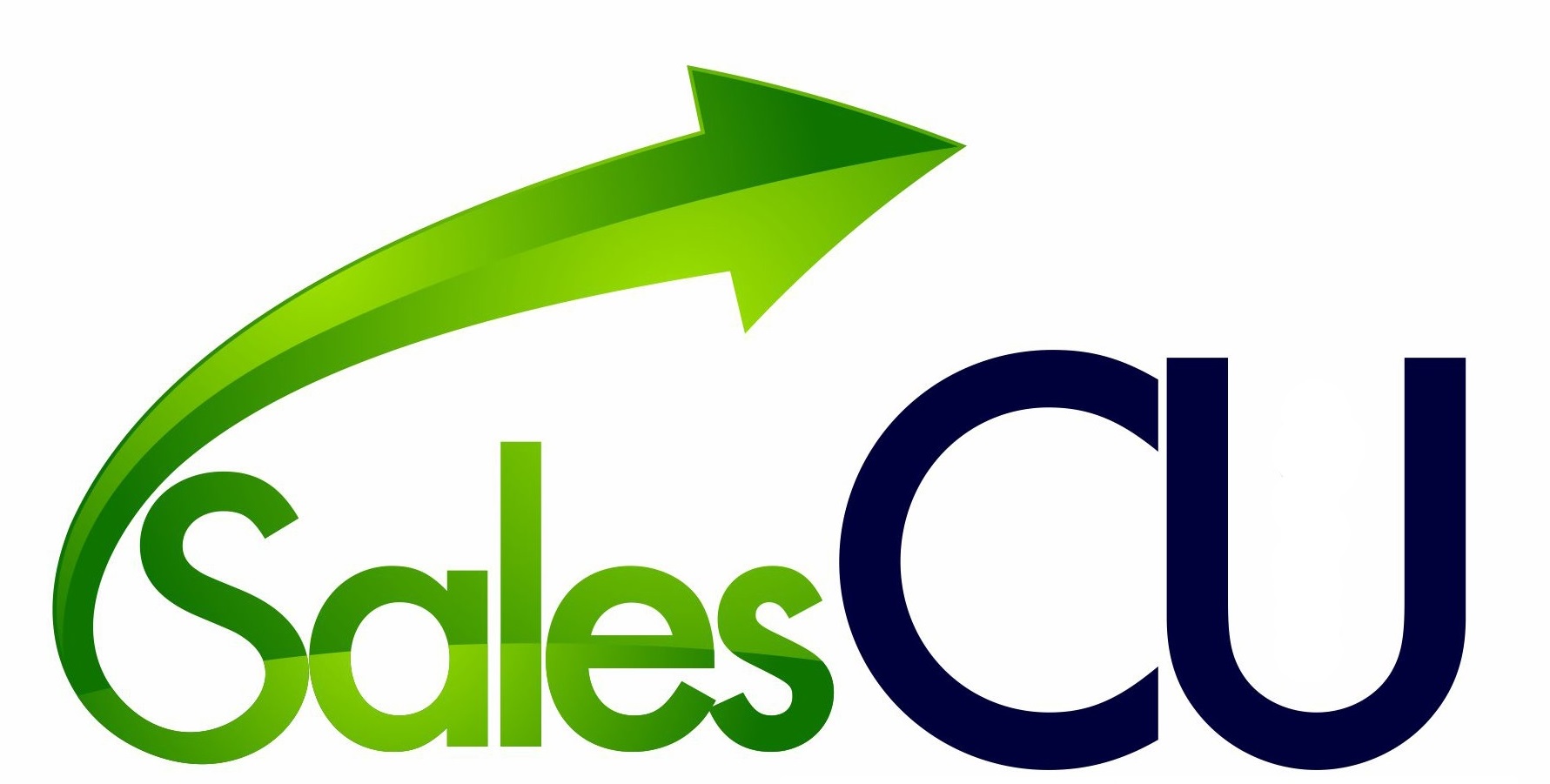**As seen in CU Business Magazine**
When it comes to a new financial need, who do your members and prospective members call first? If it’s not your credit union, then you’re getting it wrong. If you want to stay on top of mind with members, these four tips for onboarding calls leverage on the easiest and most effective means of deepening personal connections that last.
Onboarding is simply one of the most effective ways to make members feel valued and appreciated. Many credit unions see this as an essential step in fostering member loyalty, creating top of mind awareness, and attracting future business in this competitive and commoditized industry.
A number of years ago, as an outbound sales agent one of my core responsibilities was to contact new members who came to the credit union through our indirect lending channel. The first priority in this call was to onboard these new members and answer any questions they had about the financing of their new auto or RV and set up various account services. Those members I contacted were always grateful for the call and often I would hear this response from them, “Wow, my bank has never called me to thank me for my business and answer my questions.”
Countless times these conversations would turn to deeper discussions of how our credit union could service their other auto, mortgage, credit card, and checking account needs better than who was currently servicing them. And when it came time for future financial needs, my members would call me first.
Onboarding calls are so effective because they enable the credit union and its employees to deepen that personal connection with their members. When an onboarding call is done right it creates a feeling of reliance, trust and establishes a personal relationship with that member. This in turn encourages loyalty to the credit union and increases the likelihood that when the member has questions, snags and those future financial needs they think of “their credit union” first.
To capture more member’s loyalty and business here are 4 tips to start seeing greater results with your onboarding initiative.
#1 Prioritize onboarding calls
It’s reasonable to say that not all onboarding calls are created equal. If you were asked to prioritize onboarding situations you would probably come up with a list that looks something like this:
- New Members and their Products and Services (personal and business)
- New Checking Account
- New Loans
- Lastly, New Deposit Account
There is a good reason for this. According to a study conducted by BAI Research entitled “90 Days that Make or Break the Deposit Relationship” research found that the majority of cross sales, as much as 73%, are made during the first 90 days of a new account relationship, and less than 9% made on accounts older than one year. The research also found that institutions with higher cross-sell percentages boasted a 50% decrease in attrition.
If our goal with onboarding is to build that loyalty and future member equity then there is no better place to start than at the beginning of the relationship. All new account relationships should be a top priority when the opportunity is the greatest to acquire cross sales and build loyalty followed by the greatest opportunity to make additional sales and welcome new profitable products and services. For situations where an onboarding call doesn’t lead to additional value in the member’s life or to the credit union, assess and determine the importance. Learn more about training your team to onboard here.
#2 Set aside time for making onboarding calls
A common complaint I often hear from employees about making onboarding calls is that they simply don’t have enough time to make them. While this is sometimes just a surface complaint to mask the employees desire not to make the calls, there is some relevance.
Often employees are asked to make the onboarding calls during “downtime” however, I often find that there are a number of other essential tasks competing for this downtime as well. Tasks such as loan audits, title tracking, CE courses and others all needing to be completed during downtime leaves the employee often trying to multitask. This is not effective.
In a recent Forbes article titled “Why Single-Tasking Makes You Smarter”, Dr. Sandra Bond Chapman explains “Multitasking… overloads the brain and makes you less efficient.” She goes on to suggest, “Silence your phone, turn off your email and try to perform just one task at a time… Giving your full attention to the project at hand will increase accuracy, innovation, and speed.”
Allow employees to schedule time each day or a few times per week specifically for making onboarding calls. It is best if the employee can do this in an office where a door can be shut, or in a backroom where they will not be distracted. As Dr. Chapman suggests, this will allow the employee to focus strategic attention on onboarding calls increasing the number of calls they can make and the effectiveness of those calls.
#3 Structure the call and clarify goals
To ensure that onboarding calls are effective and accomplishing their purpose calls should be structured with a clear purpose, and specific onboarding goals must be put in place to create measurable results. Where onboarding calls are at their best is when they are focused on product adoption, and assisting with the member’s other current and future financial needs.
As a sales trainer and coach, one of the activities I enjoy the most is listening to employees as they make live outbound calls. Often though, on the onboarding calls I hear sounds like this:
Employee: Hi, may I speak with [member’s name] please?
Member: This is me.
Employee: Well Hi [member’s name]. A few weeks ago I helped you open your new account. I was calling to follow up on that and see how things are things going?
Member: Things are going good.
Employee: Did you have any problems or questions on your new account I can answer for you?
Member: Nope. Everything is good.
Employee: Are there any other products or services I can help you with at this time?
Member: No, I think you helped me with everything I need right now.
Employee: That’s good to hear. If you need anything in the future please give me a call, I am here to help. You have my number?
Member: Yeah I think I have the card you gave me.
Employee: Great. Thank you for giving us the opportunity to help you with your new account. Have a great day!
I think we can probably step back from this conversation and recognize how ineffective this call is. While there is a structure, and this employee likely uses it over and over again, this conversation does little to accomplish the goals we are striving to achieve with our onboarding calls. So what should be the focus?
An onboarding call’s focus will be different based on when it is made. Let’s assume a credit union chooses a 2-2-2 strategy, which would be a 2-day hand written thank you card, a 2-week call, and a 2-month call.
The 2-week call should be focused on 3 specific discussion points:
- Thank the member for their business and showing that they are valued.
- Ensure the member has adopted and is utilizing all of the ancillary products associated with their account. This would include answering questions, resolving any fulfillment problems, and assisting with the set-up/registration processes.
- Cross-sell additional products and services which are applicable to the member’s unique financial situation. This would include refinancing existing loans and capturing deposit accounts with other institutions. Lastly, qualifying them for additional products such as a credit card.
The 2-month call should be focused on 3 additional discussion points:
- Help the member with any remaining product adoption concerns.
- Follow up on offers sent to the member by the marketing team and identifying opportunities to enhance the members account with new products and services.
- Ask for referrals.
Credit union leadership should take time as a team to identify the important steps in their onboarding calls. Once that has been established, they should create an outline for the call structure and even go so far as to create a script with their team to be using in their calls. This leads to tip #4.
#4 Provide “Onboarding Specific” training and continued coaching
Employees absolutely need onboarding call training. These calls are so critical to the success of the credit union and its members, that they warrant special attention.
Onboarding training should be focused around the purpose of onboarding calls and how employees are going to accomplish those purposes. If a specific structure and script have been created, teach the employees how to use them. Have employees look at real scenarios and then have them practice, roll play, and coach each other.
Ongoing coaching should be done at least once a month by the branch manager or team lead. This is critical to ensure the employee is successfully accomplishing the goals in each call and reinforces the training. The most effective way to do this is by listening to live onboarding calls, and discussion what went well and where improvement can be made.
The onboarding call is only one part of the overall onboarding strategy, but it is arguably the most effective at creating action on the member’s part. This is why it is so important that these calls are made effectively.
As credit unions apply these 4 tips to optimize their onboarding calls they should see a few things happen. First, they will see a great level of engagement from employees. Second, employee calls will become more focused and purposeful. And third, as this happens the credit union will see an increase in product usage, greater member loyalty, and higher product penetration. All of these lead to greater revenue streams to invest back into the membership and in the future. Learn more about an online credit union specific onboarding training as seen in SalesCU here.
 Nick Brown Consulting, established and founded by Nick Brown in 2015, is a credit union-specific sales training group dedicated to bringing a proactive sales approach to every credit union. Nick Brown Consulting accomplishes this aim by providing sales training and consulting to enhance branch sales, outbound sales and lending center sales. With an emphasis on lending and cross-sales, Nick’s goal is empowering credit unions to add value in the life of every member in every interaction. Engage Nick Brown directly at 801-860-5807 or nick@salescu.com. Ask about his new online learning platform SalesCU.
Nick Brown Consulting, established and founded by Nick Brown in 2015, is a credit union-specific sales training group dedicated to bringing a proactive sales approach to every credit union. Nick Brown Consulting accomplishes this aim by providing sales training and consulting to enhance branch sales, outbound sales and lending center sales. With an emphasis on lending and cross-sales, Nick’s goal is empowering credit unions to add value in the life of every member in every interaction. Engage Nick Brown directly at 801-860-5807 or nick@salescu.com. Ask about his new online learning platform SalesCU.







